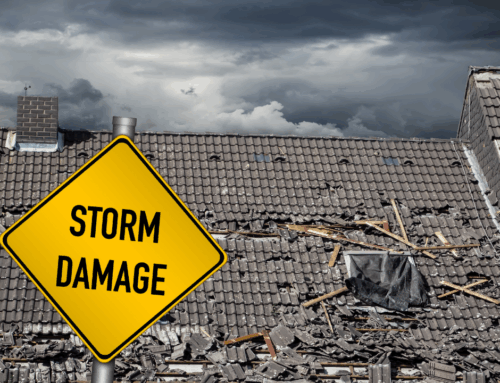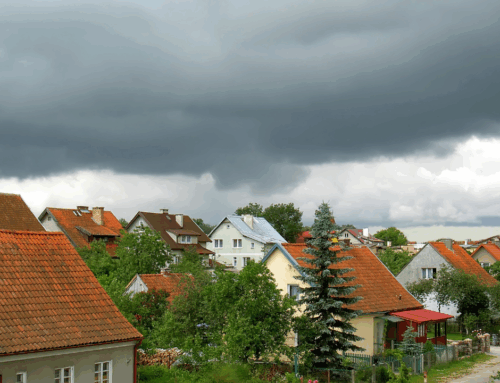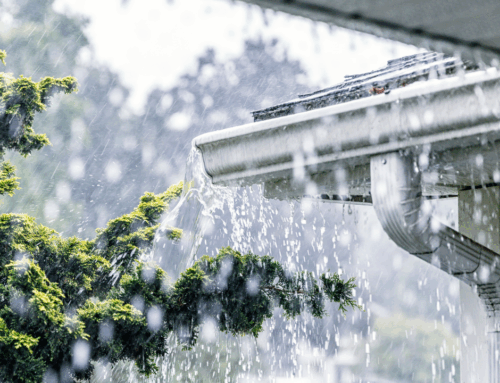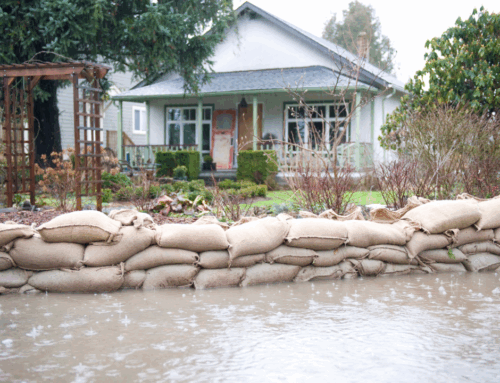How to Spot Hidden Water Damage Before It Gets Worse
Water damage is not always obvious. While surface flooding and burst pipes demand immediate attention, hidden water damage can go unnoticed and silently compromise structural integrity. Left untreated, it leads to deteriorated materials, elevated restoration costs, and microbial growth. Identifying water restoration signs early reduces damage and prevents mold growth. Here you will find how to detect hidden water damage, outlines signs to watch for, and highlights why professional intervention is often necessary.
Recognize Physical Signs of Water Damage
The earliest indicators of hidden water damage are often subtle. Visual changes in ceilings, floors, or walls may appear gradually. Discoloration, especially in corners or seams, can indicate ongoing moisture intrusion. Paint or wallpaper that begins to peel or bubble suggests compromised adhesion caused by trapped moisture. Musty odors may develop as organic materials begin to degrade. In flooring, slight warping or soft spots under foot may signal absorption of water over time. These signs typically occur in less visible parts of a structure, making regular inspection critical. When such indicators persist or spread, hidden damage is likely to be present beyond the surface.
Focus on High-Risk Areas of the Property
Water damage often originates from common building systems and weak points in a structure. The following areas are especially vulnerable:
- Under sinks, behind dishwashers, and around toilets or bathtubs
- Inside utility closets containing water heaters or HVAC equipment
- Along window sills, near exterior door thresholds, and attic insulation near the roofline
- Basements and crawl spaces where moisture levels remain high
Inspecting these areas on a scheduled basis helps detect issues before they escalate. Consistent monitoring also provides a baseline for identifying new or unusual conditions.
Monitor for Advanced Water Restoration Signs
When water damage progresses beyond surface changes, additional warning signs may appear. Materials such as drywall may feel damp to the touch or exhibit soft, spongy textures. Paint may show bubbling patterns, or wallboard might begin to crack along seams. Water stains that return after cleaning may indicate recurring leaks. Persistent indoor humidity, even when ventilation systems are functioning, can also be a sign of trapped moisture within structural elements.
Such symptoms often suggest that moisture has penetrated deeply, requiring specialized tools and techniques to diagnose and mitigate the problem effectively.
Address the Risk of Mold and Structural Decline
Hidden water damage creates optimal conditions for mold development. When moisture remains for 48 hours or longer, mold spores can settle and begin to grow on porous surfaces such as wood, drywall, or carpet padding. As mold spreads, it degrades the affected materials and compromises air quality. Structural framing and subfloors may also deteriorate due to sustained exposure to moisture, leading to costly repairs and potential safety concerns.
To prevent mold growth and long-term damage, early identification and response are critical. Waiting until visible symptoms become severe can result in more invasive restoration measures and extended project timelines.
Ask Professionals for Accurate Diagnosis
Professional water restoration teams use specialized tools and diagnostic methods to uncover damage that is not visible during a standard walkthrough. These tools include moisture meters, thermal imaging cameras, and hygrometers. Technicians also apply moisture mapping and identify leak sources that may not be traceable without disassembly or wall penetration.
Benefits of professional evaluation include:
- Thorough diagnosis of hidden water damage
- Documentation to support insurance claims
- Strategic remediation plans tailored to structural layout
- Efficient drying and material recovery protocols
By working with certified experts, property owners can gain clarity on the extent of damage and take timely steps to restore safe, functional conditions.
Request a Quote from Xcel Restore
Detecting hidden water damage before it becomes severe is key to protecting both structural integrity and indoor environmental quality. Monitoring vulnerable areas, recognizing early water restoration signs, and preventing mold growth are essential to minimizing long-term costs. A qualified restoration team can provide the insight and tools necessary to identify issues and begin remediation efficiently.
Contact Xcel Restore today to request a quote or schedule a property assessment. Early action leads to faster recovery and greater protection for your home or business.




